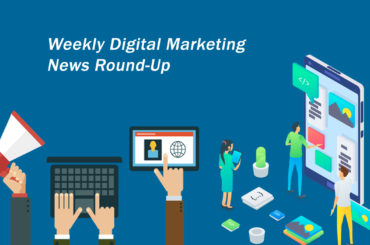Day 1 Keynote – Google Unveils New Online-To-Offline Ads Innovations
Speaker: Kishore Kanakamedala (@Google)
The director of product management for online-to-offline (o2o) solutions, Kishore Kanakamedala, livestreamed at 8:15 a.m. from SMX East in New York on Tuesday morning by discussing some of the changing trends for retailers and then highlighted some of the new and upcoming tools that will be available for local search marketing.
Kanakamedala said “mobile is now the anchor of the customer journey” and cited Google research showing that mobile ads generate 160% more incremental store visits compared to desktop and tablet.
Some statistics about online-to-offline conversions:
- 90% of retail sales take place at physical storefronts
- E-commerce has grown 23% to traditional retail’s 6%
- 3 in 4 customers who conduct a local search on their smartphone visit a local business in the next 24 hrs – these customers are more purposeful and likely to make a purchase
With voice searching becoming an ingrained habit, Google is tying local inventory data into results provided by Google. So, when users ask their phones or Google home, “Where can I buy ABC nearby?” Google will show a list of local inventory results on their phones. And for retailers to be eligible for inclusion in local inventory search, they need to upload their local inventory feeds to Google Merchant Center. A study by Google also found that investing in Google search ads drives an +80% higher rate of incremental store visits.
Towards the goal of continuing to build innovations to drive more foot traffic for stores, Kanakamedala recommends acquiring more omnichannel consumers by:
- Building engaging ad experiences that reach consumers when they’re looking to buy, when they happen to be in the area.
- Using cross-channel metrics to measure store visits and sales.
- Taking action on this data with “actionable optimization” through such channels as search, display, Maps, Shopping and YouTube.
Here are some of the Google’s best tools to drive more o2o conversions & sales:
- Ad units such as Local inventory Ads (LIA) – the “See what’s in your store” module was recently added to Maps and search help shoppers find what’s in stock, and can browse the most popular products and categories.
- Distance reporting – This tool was introduced last year to show how far away searchers are from your storefronts while they search.
- Geographic reporting – This tool was launched this year, and tracks, down to the ZIP code level, and tracks who is driving the most clicks.
- New local ads for display- These spotlight store-level products and promotions in richer and visually engaging ways.
Kanakamedala said Google has now measured more than 7 billion store visits globally. Along with the introduction of the local display format, Google is adding reporting for impression-based store visits.
Here are three new reporting tools:
- Time lag report— Shows the time between an ad click and a store visit.
- Demographic report— Users can add store visits as a column to existing demographic reports.
- New vs. returning customer report— This will show how many of store visits come from repeat customers. “Together with the time lag report, this can help you gauge how your ads drive incremental visits,” Kanakamedala said.
YouTube “shop with me” videos, in which, people take viewers into stores, have seen watch time grow over 10X on mobile in the past couple years, said Google.




